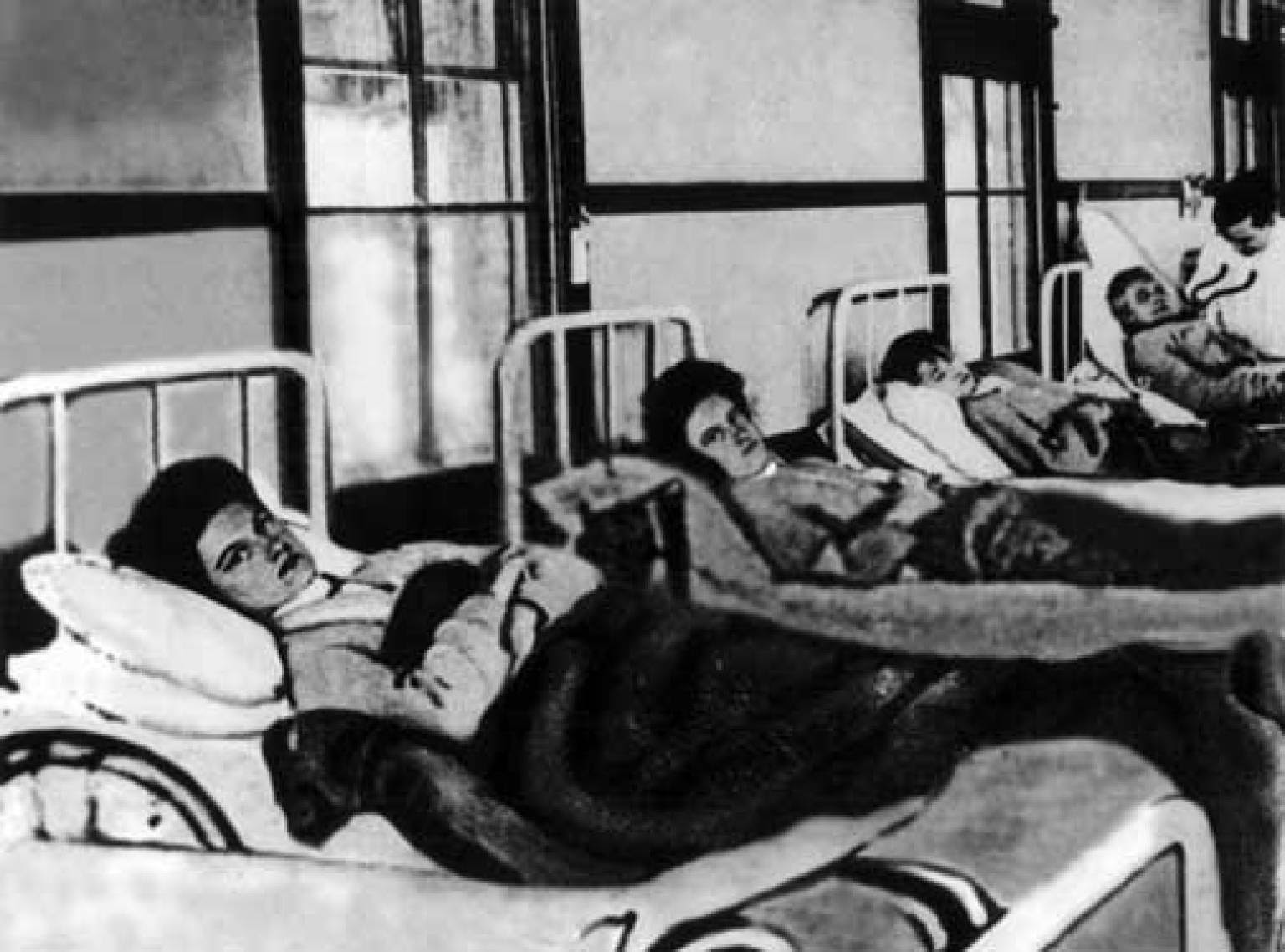
And of course now our government finds it necessary to import even more immigrants spreading dangerous diseases.
______________________________________________________________________________
How exactly was the Irish immigrant known as Typhoid Mary able to infect about 50 people in New York City in the early 1900s without succumbing to the illness herself? Scientists say they are now close to cracking the case.
In a new study, they were able to solve the mystery of how a dangerous bacterial pathogen can, in some people, manage to persist without causing symptoms and find a way to survive for decades.
For the salmonella bacteria that causes typhoid fever, the researchers said it manages to hide in immune cells known as macrophages and “hacks” their metabolism to their own benefit. If the germs are successful in pulling that off, then an infected person can unknowingly spread the pathogen without falling ill herself — like in Typhoid Mary, whose real name was Mary Mallon. Just watch the video above.
“To all outward appearances, she was perfectly healthy,” study co-author Dr. Denise Monack, associate professor of immunology and microbiology at Stanford University, said in a written statement.
Monack and her research team infected mice with a strain of salmonella, and found that, the bacteria were able to “wait out” the body’s aggressive immune response before they then positioned themselves in the immune cells that became less aggressive at later stages of infection.
“There aren’t a ton of pathogens that hang out in macrophages,” Monack told the Los Angeles Times, adding that the bacterium behind tuberculosis is another.
So if that’s where the nasty germ hangs out, how does it survive and go unnoticed? The researchers found that a protein known as PPAR-delta was required for salmonella to replicate inside the macrophages and “hack” them.
“Salmonella is doing something to activate PPAR-delta,” Monack said in the statement. “We suspect it’s releasing some as-yet-unknown PPAR-delta-stimulating virulence factor into the macrophages it infects. If we can figure out what that is, it could lead to some great anti-salmonella therapeutics with relatively fewer side effects.”
This study was published Aug. 14 in the journal Cell Host & Microbe.
See Video…

No comments:
Post a Comment